Real gourmet vanilla is awesome … but it’s ridiculously expensive. Here’s how to skip the store and make your own homemade vanilla extract!
How to Make Gourmet Vanilla Extract … for Pennies on the Dollar
We’ve all been there. You’re at the grocery store choosing between vanilla extracts. The artificial one is cheap, but it’s just chemicals mixed up in a food lab. The real vanilla is much better, but it’s expensive. And the gourmet stuff is ridiculously expensive. What’s a shopper to do?
Skip the store. Make your own!
You can make the ultimate, high-quality vanilla extract right in your kitchen. Yes, the gourmet stuff. Since you’ve made it yourself, you know it’s free of artificial colors, flavors, or other impurities. And it costs a tiny fraction of what you would pay at the store:
- Vanilla extract = $18.19 per cup
- Gourmet vanilla extract = $43.60 per cup
- Homemade, gourmet vanilla extract = $8.74 per cup
Step #1: Gather Your Materials
You will need scissors (or a knife), a mason jar with a lid, alcohol (35%–50%), and vanilla beans.
Selecting the Right Vanilla Beans
Vanilla beans aren’t standard fare in most produce departments or farmer’s markets. You may need to get these online. Consider the following varieties of vanilla, to customize your gourmet creation:
- Madagascar/Bourbon: This is the traditional vanilla you’re familiar with.
- Tahitian: More floral and fruity
- Mexican: Sweet and woody with a hint of spice
- African/Ugandan: Smokier and bold
And these aren’t your only options. You can also explore Indian, Tonga, and Indonesia vanilla beans.
As you browse the selection, you may notice that vanilla beans are given an A, B, or C grade. Grade A beans are more expensive and are meant for cooking. They work fine in extracts, but the increased cost won’t yield much difference in your finished product. Grade B vanilla beans cost less and are intended for use in extracts.
You can often buy grade B beans for around $1.50 to $2.00 each, depending on how many you buy at once.
What Kind of Alcohol Should You Use?
Next, you’ll need to select an alcohol. Alcohol extracts the vanilla flavor and prevents spoilage. You’ll want something that’s between 35%–50% alcohol. Around 40% is ideal.
There’s no need to spend your money on a high-dollar alcohol. It’s the quality of the vanilla beans, not the alcohol, that makes great vanilla. So go ahead and get the cheap stuff. Most people choose an alcohol with a mild flavor, but you could also select one with a complementary flavor. Spiced rum, for example, could make your vanilla quite exotic.
Step #2: Assemble Your Ingredients
Use your scissors or knife to split the beans lengthwise and place them in the jar. If they’re too long, just cut them so that they fit. Then pour your alcohol over the vanilla beans.
For “better-than-supermarket” vanilla extract, use 2–3 beans for each cup of alcohol. For gourmet vanilla, use 5 beans per cup of alcohol. And for mind-blowing, legendary, sell-it-to-put-your-kid-through-college vanilla, use 7–8 beans per cup of alcohol. Any more than this and the FBI has to come and haul you away.
Cap it, shake it up, and put it away in the cupboard. Come back every few days to shake it up again. It really likes it when you do that. Tell it that it’s a good vanilla—a pretty vanilla. Sing it a little song. (You think I’m joking.)
Now comes the hardest part. Waiting.
How long do you have to wait? That depends. Do you want good vanilla, great vanilla, or life-altering vanilla?
- For good vanilla, let it extract for 8 weeks. Go ahead and sniff if every so often. Maybe take a tiny sample. It’s okay. I won’t tell.
- For great vanilla, let it extract for 6 months. Yes, 6 months. I know, I know. You want your vanilla now. But great vanilla takes time.
- For mind-blowing, life-altering, legendary vanilla, let it extract for a full year. I’ll pause now, while you finish cursing your computer screen. ( … ) All done? Good, because I have a compromise for you. Make 2 batches of vanilla—each one being enough for an entire year.
Use the first batch as the year goes by. It will get better with time because it will keep extracting. Then when it’s used up, open your year-old vanilla and let the good times roll! Just remember to start a new batch for the next year.
Cheaters Never Win?
The 2 main factors in flavor extraction are time and surface area. (The alcohol-to-water ratio is important too, but we’ve already got that covered.) We could think of this as a formula:
Surface Area x Time = Great Vanilla
If we want to reduce the extraction time without diminishing the vanilla flavor, we need to increase the surface area.
To increase the surface area, we could cut our vanilla beans into smaller and smaller pieces with scissors. But who has time for that? Time is exactly the thing we’re trying to cut down on! Let’s just keep on cheating instead.
You May Also Enjoy:
“How to Make Unlimited Bread With That Last 1/2 Packet of Yeast”
Toss those beans into your blender. Pour in your alcohol. Then blend it like you’re trying to destroy evidence! You’ll notice that the liquid turns darker right away.
Go ahead and cap it, and shake it up every few days, just as you would with the slower method. Open it up every week to sample it. You won’t get a year’s worth of flavor maturation in a week, but it will move along much faster.
This method does have a few downsides. For one, it’s less visually appealing in the jar. Your friends will be more impressed with a jar of vanilla beans than a jar of cloudy bean powder. Also, it’s hard to filter out the little bean pieces, and you may get them in your food. But that could also make it look more authentic, so that may actually be a bonus. Lastly, vanilla bean powder can’t easily be repurposed for vanilla sugar.
Repurposing Used Vanilla Beans
Can you reuse vanilla beans? Yes, but the resulting extract won’t be as strong. Feel free to try it. You might like it just fine. If not, just toss in a fresh bean or two, and let it extract again.
Some people also like to use a sort of “perpetual vanilla” system. Any time they use a little vanilla extract, they’ll top the container back up with alcohol and let it continue extracting. Depending on how often you use your vanilla, this system works fine, though it does yield a diminishing quality of vanilla over time.
Alternately, you can create vanilla sugar. Take out the used vanilla beans and let them dry. Place them in an airtight container and fill it with sugar. Then, let it sit for a couple of weeks. Use the sugar in baking, coffee, tea, or anywhere else you’d like a sweet, vanilla flavor.
Gourmet Options
You now know how to make gourmet-quality vanilla. But it’s still just vanilla. What about fancy flavors? What about creativity? Let’s do it!
First of all, a flavored alcohol can really take your vanilla in a fun and unexpected direction. Another option is to add spices or herbs into the mix. How about adding a little cinnamon or clove? How does lavender vanilla or vanilla mint sound? Just put them right in the jar and let them extract together.
For a sweeter vanilla, add honey or maple syrup.
The only limit is your creativity and your bravery for experimenting with new flavor combinations.
Other Extracts
We’ve cracked the code for vanilla extract, but that’s not nearly the end of the story. You can make any of the extracts you find in the store, plus a whole lot more! The basic process is the same for all extracts, but I’ll give you a few tips for special cases.
Almond Extract
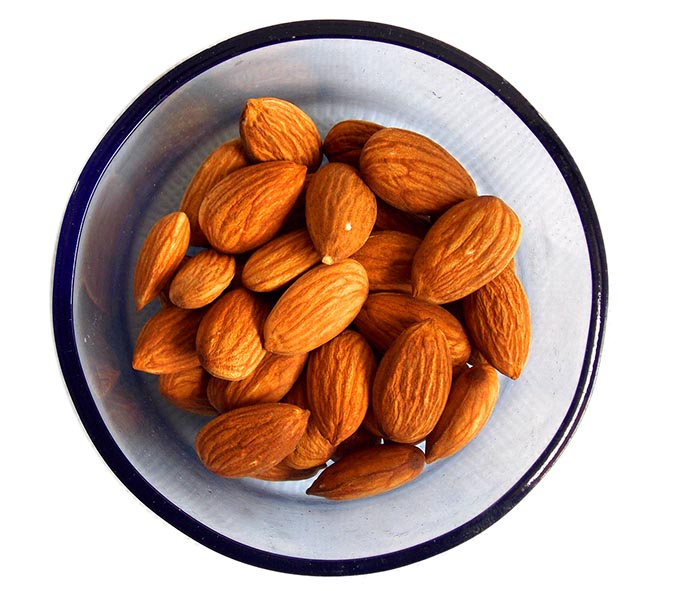
Image by Ganesh balasubramanyam from Pixabay
The skin on an almond can cause an extract to turn bitter. Before using them, drop them into boiling water. After 1 minute, remove them and let them cool. The skins should slide right off. Roughly chop the almonds (minus skins) and place them in the jar. About 15 almonds are enough for 2 cups of basic almond extract, but I like to use twice as much.
Fruit Extracts
Fruits usually have a high moisture content. This will dilute your alcohol content. Either slice and dehydrate your fruit first or use a slightly higher proof alcohol. If using fresh fruit, use a 1:1 ratio of fruit to alcohol (by volume). If using dehydrated fruit us a 1:2 ratio of fruit to alcohol. These ratios are just guidelines, not rules. Feel free to experiment.
What Do You Think?
Do you make your own extracts, or is there a flavor extract you’re thinking about making? Let us know in the comments!

Scott Sexton is a TGN Trailblazer, a highly experimental gardener, an unrelenting weed-eater, and a largely non-profit herbalist (much to his wife’s chagrin). When Scott is not teaching foraging classes, testing out theories in the garden, or grazing in the forest, he can be found at his Facebook page, “A Forager’s Guide to the Zombie Apocalypse.”
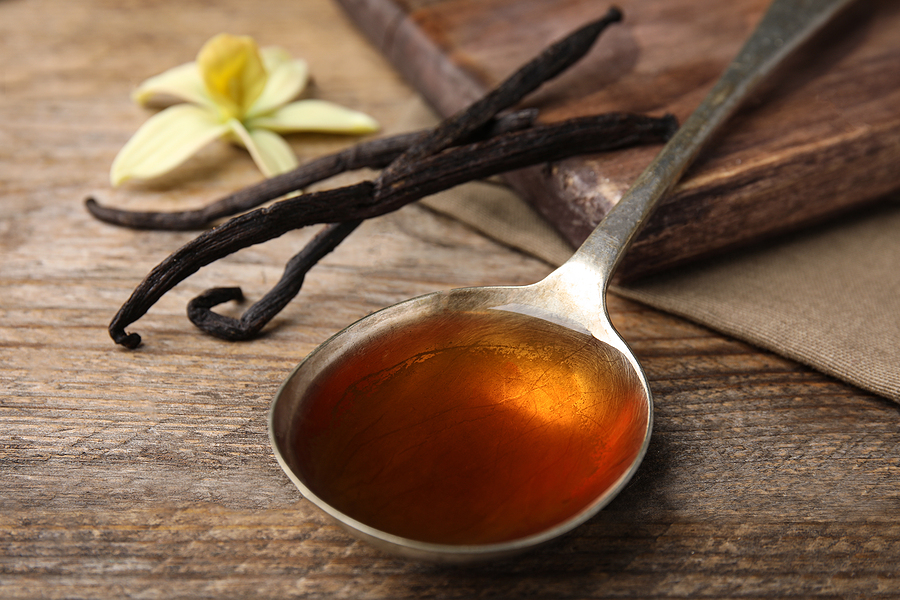
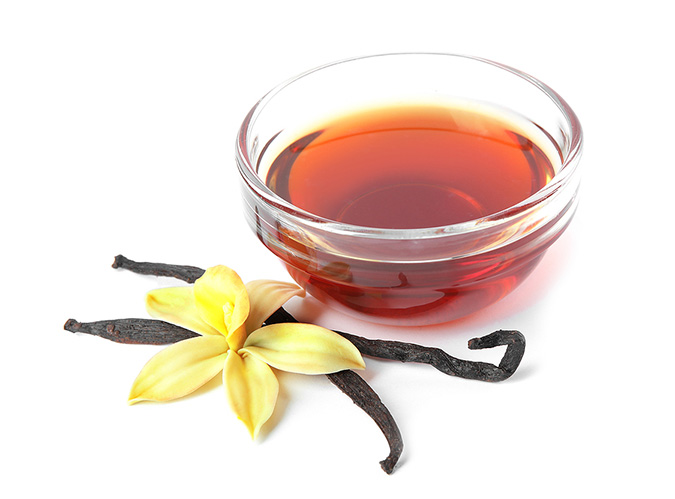

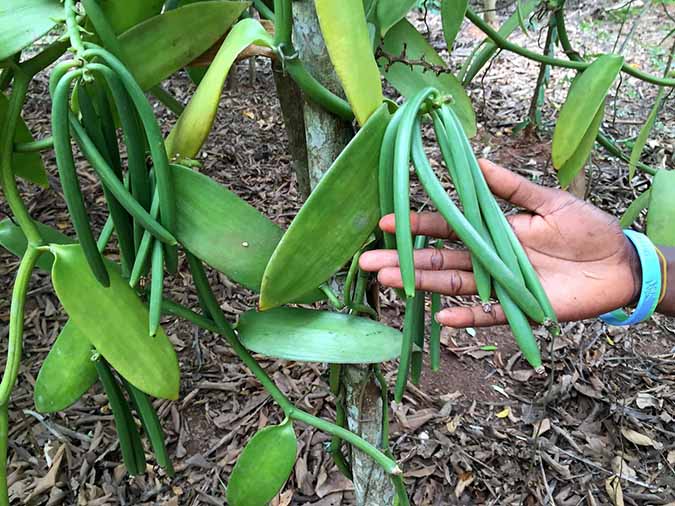
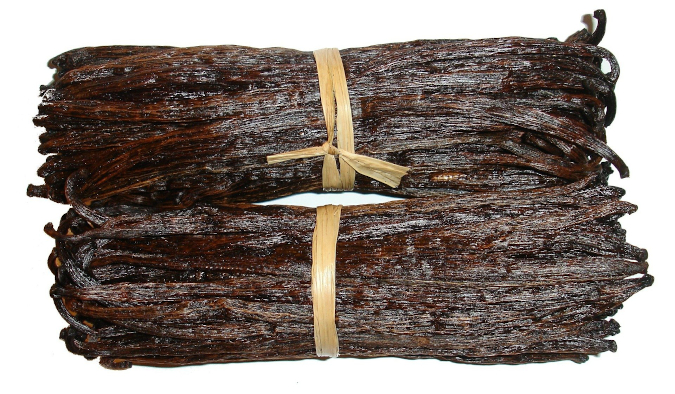
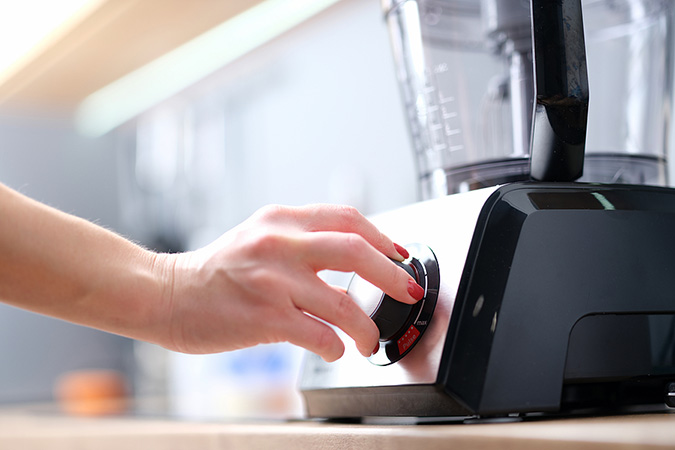
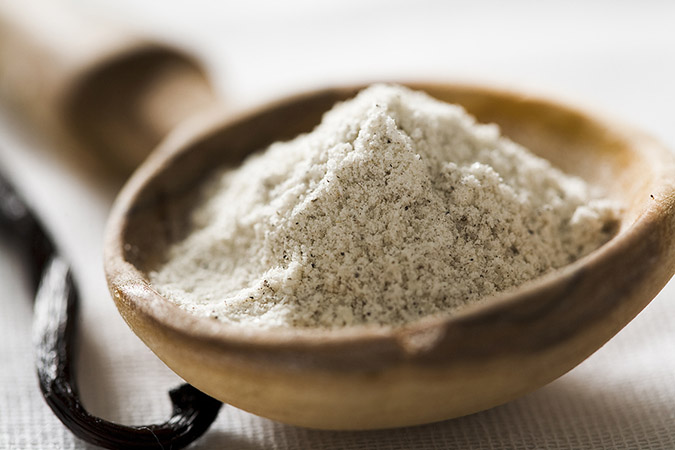







COMMENTS(3)
Where is the best place to get vanilla beans? We’ve checked our local stores, and it’s ludicrously expensive. About $10 for two pods or 0.2 oz!
Hope this is allowed… I found this group. They have good prices and full details, instructions and so on for making your own vanilla. As well as some great folks who will do everything they can to help you achieve your homemade vanilla dreams. Many varieties of beans are available at different times as well as a store where you can get most of the varieties almost everyday.
https://www.facebook.com/groups/848812811970139
2-3 beans to a cup of alcohol is not nearly enough. The FDA recommended ratio of alcohol to beans is 6.8 ounces of alcohol to .71 ounces of beans for a single fold vanilla or 1.7 ounces of alcohol to .18 ounces of beans.